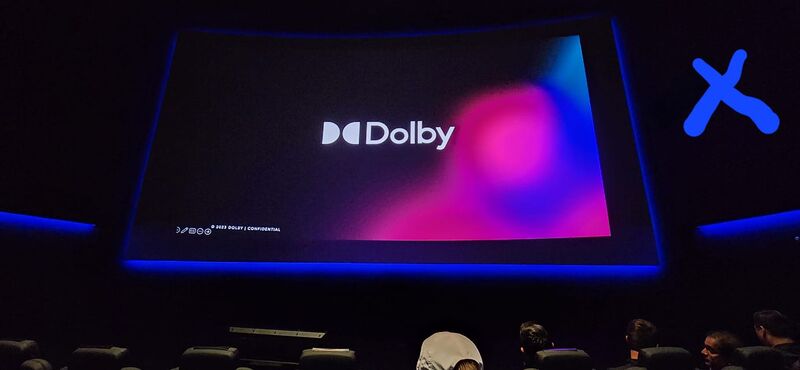I was referring to Jazz and classical music only, but I’m happy to read that you have different experiences with other genres.
Some of the recordings I was referring to don’t even have a center channel by definition, as pointed out before. So…very true, actually.
BTW one nice thing about this forum is that somebody else’s experience is not called “utterly untrue” normally.
you wrote:
I can confirm that the center speaker is hardly used in music recordings. Some years ago I tested the center channel of many Jazz and classical music SACD: virtually all of them had nothing or only meaningless content on the center channel (e.g. a single percussion instrument every second).
Except, you didn't 'confirm' that 'the center speaker is
hardly used in music recordings'
Hardly was a vast overstatement, to the point of it being
utterly untrue that a center channel is hardly used in music recordings. What you confirmed was that many of the *classical and jazz* multichannel mixes
you own, don't use their center channels, or lack one. (For the ones that completely lack a C channel, it's possible they were sourced from legacy quad mixes). The center channel is, in fact, *commonly* used in multichannel music mixes overall.
By way of other data, here are some classical releases
I own that have a center channel with substantial content. Note that some of them are remixes of
rather famous , best-selling recordings :
Kleiber/VPO - Beethoven 5th and 7th Symphonies , on DVDA (5.1), SACD (5.0) (these actually were sourced from 1970s quad mixes, but a Center/LFE was created from them)
Barenboim/Vienna Staatskapell - Beethoven 1st and 2nd Symphonies (DVDA 5.0)
Reiner/CSO - Bartok- Music for Strings, Percussion, Celesta/etc (SACD 3.0) (all the Reiners on this list are 'Living Stereo' 3-track recordings)
Alsop/Bournemouth Symphonie - Bartok - Miraculous Mandarin/etc (SACD 5.1)
Seattle SO - Berio/Boulez/Ravel works (LPCM 5.1)
Maurizio Pollini - Chopin - Polonaises (SACD 5.1)
Singapore SO - Debussy works (LPCM 5.1)
Seattle SO - Ives works (LPCM 5.1)
Kaplan/Weiner Phil. - Mahler 2nd Symphony (SACD 5.1)
Rattle/LA Phil - Mussorgsky/Stravinsky/Bartok works (SACD 5.1)
Reiner/CSO - Mussorgsky/Tchaikovsky/Borodin works (SACD 3.0)
Reiner/CSO - Rimsky-Korsakov/Stravinsky (SACD 3.0)
John Williams + Orchestras - Rodrigo/Villa-Lobos works (SACD 5.1)
//
And here's a couple of jazz classics with center channel content; both are 3-track recordings , Center/LFE was created for the SACDs.
Miles Davis - Kind of Blue (SACD 5.0)
Miles Davis - In A Silent Way (SACD 5.1)


